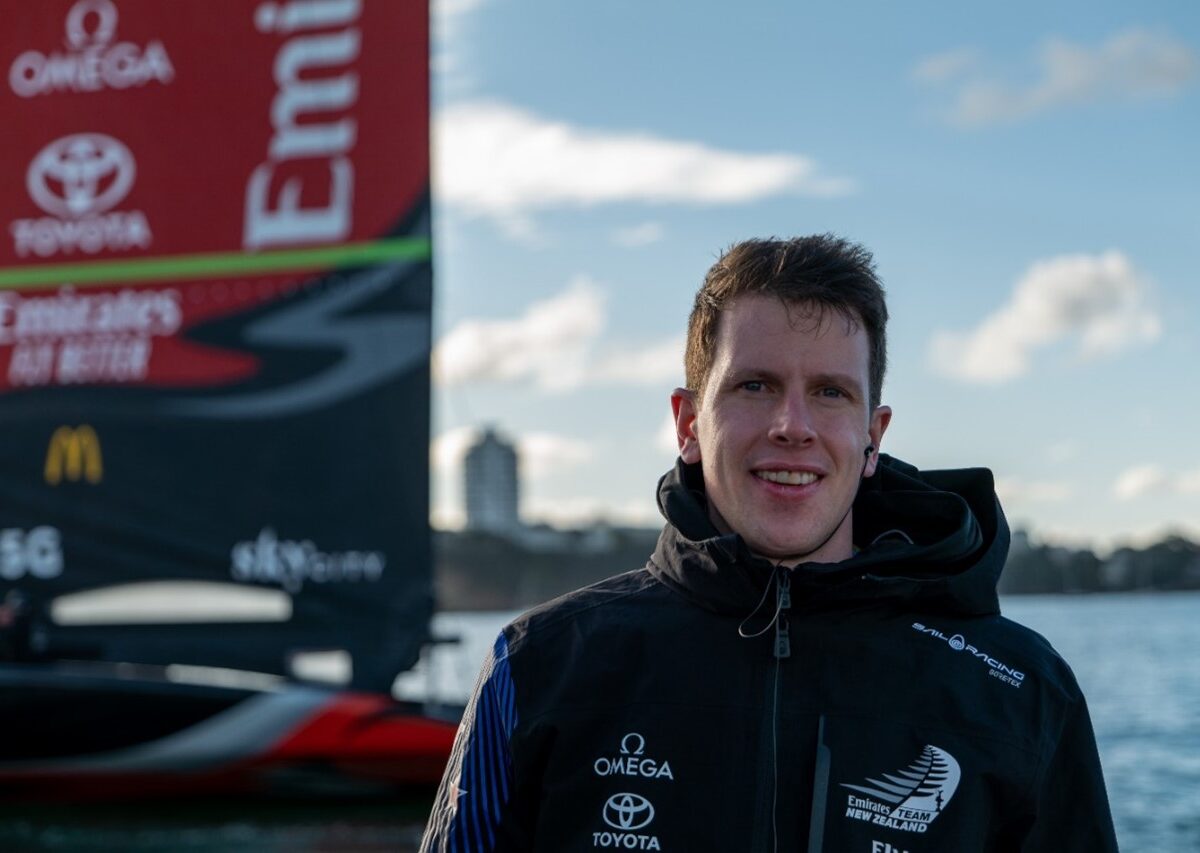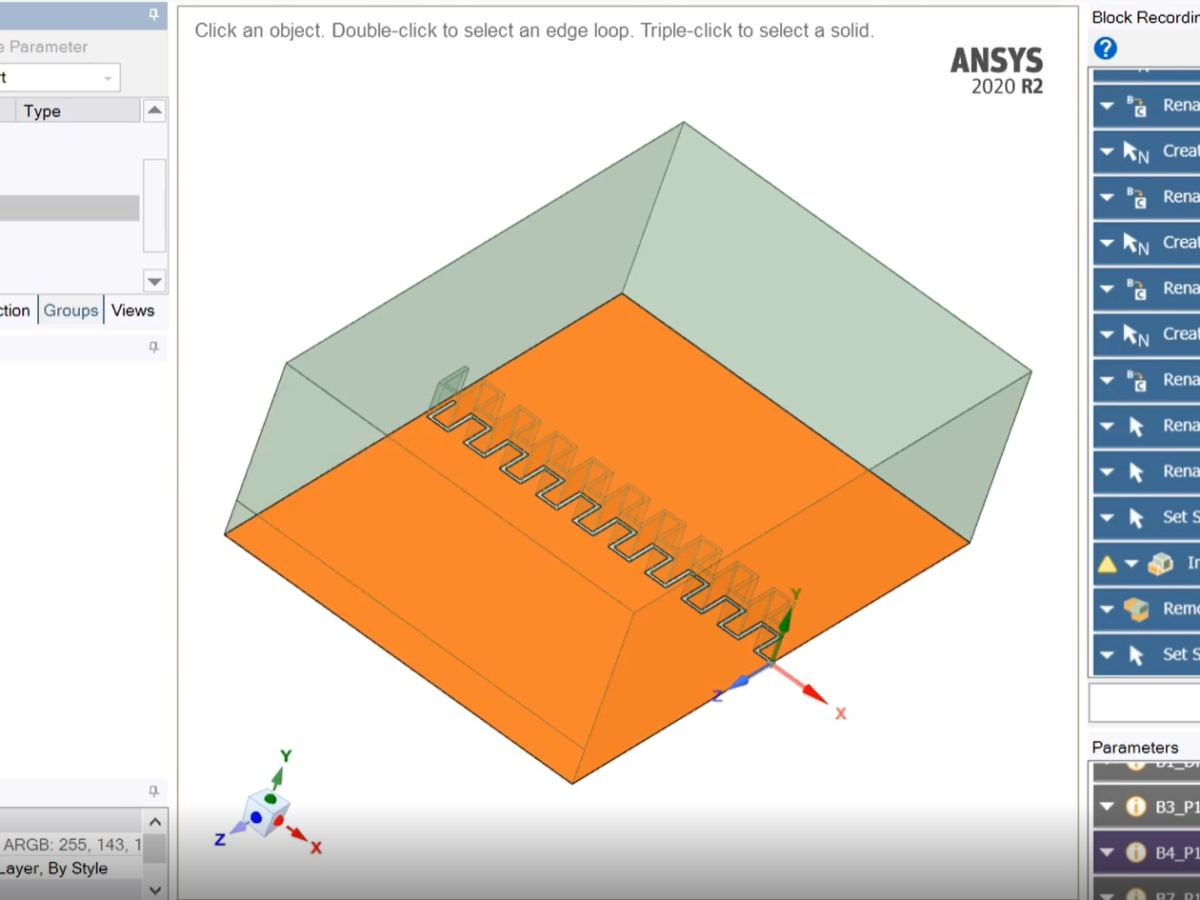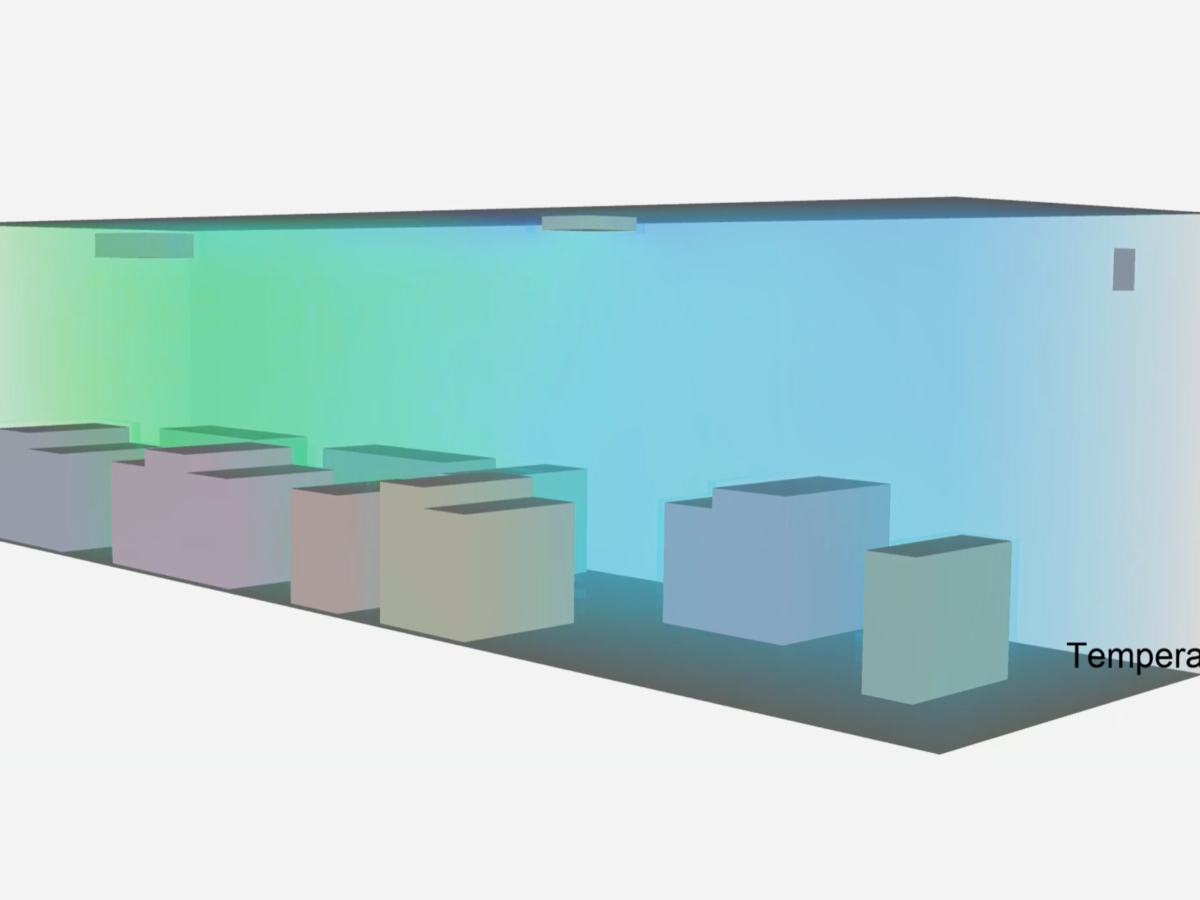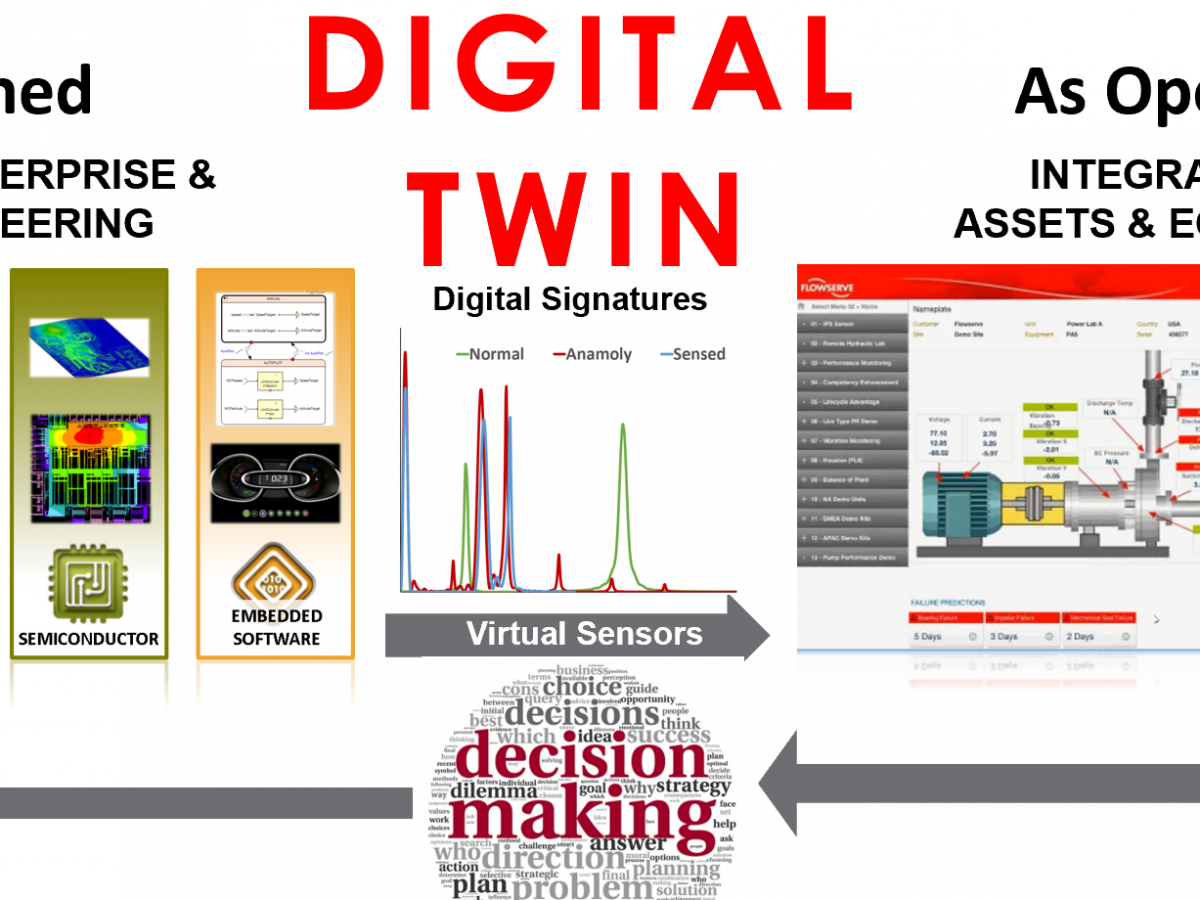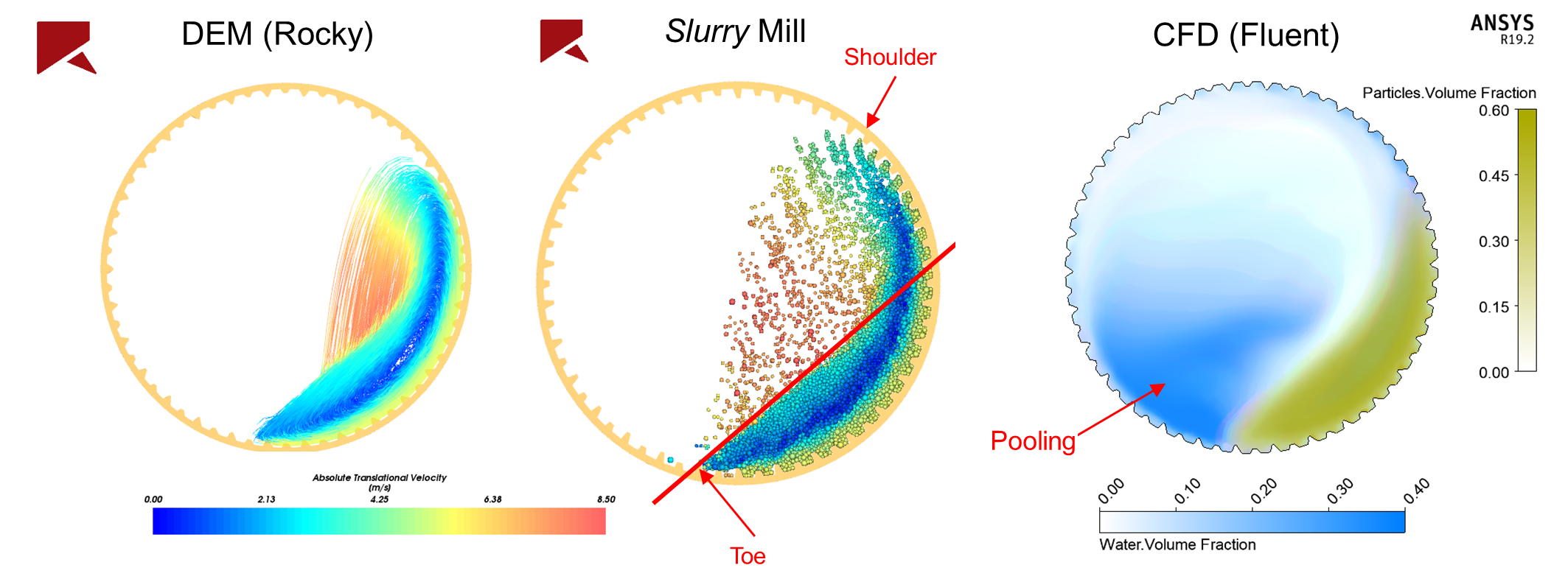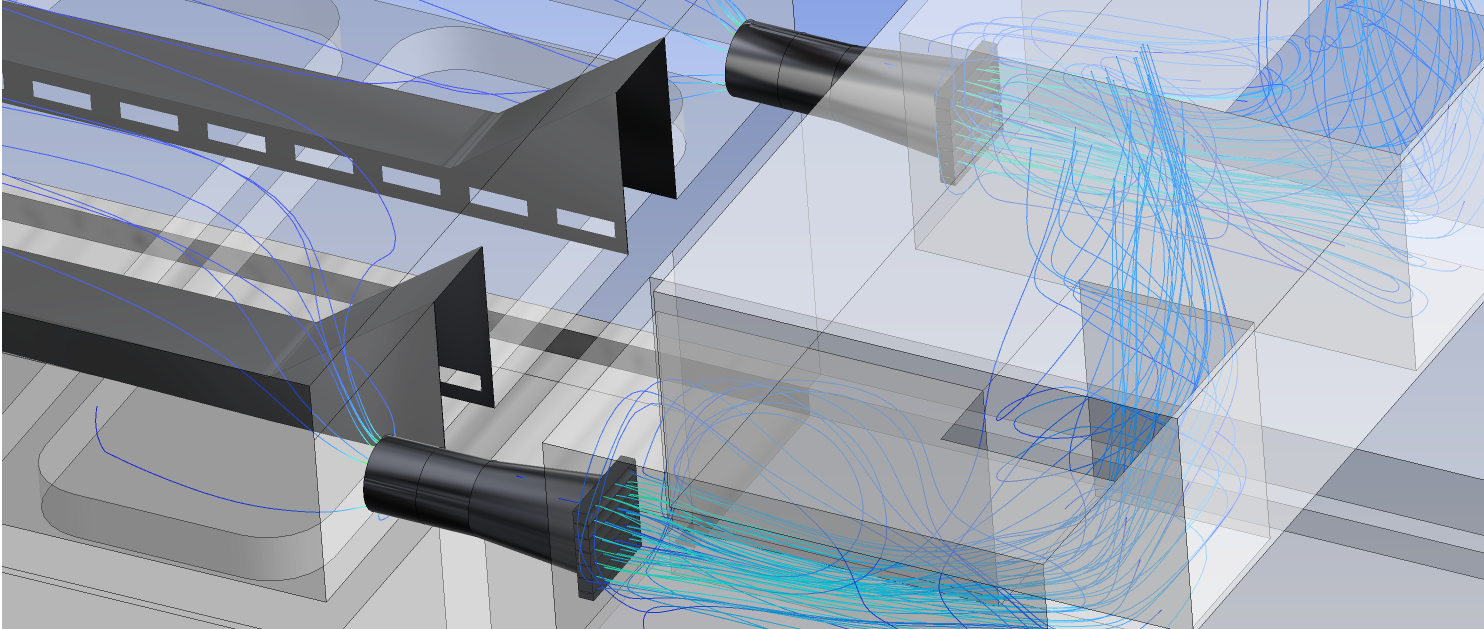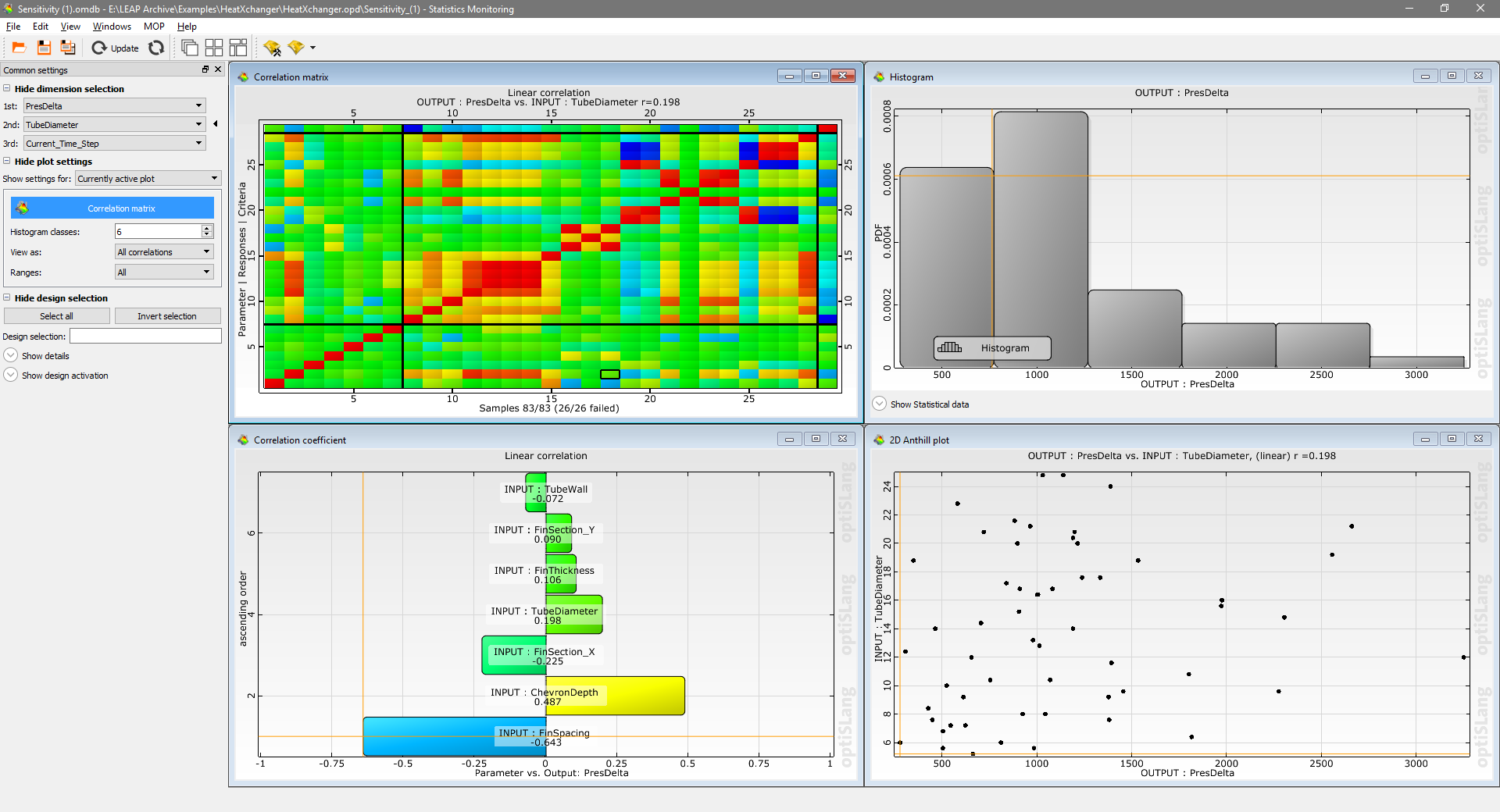Q&A with Douglas Weber-Steinhaus from Ansys to learn about his experiences working with ETNZ in Auckland in the leadup to the 2021 America's Cup (which starts next week!)
Guest Blog by USYD Rocketry Team (URT) who use simulation in their development of high-power sounding rockets to compete in the Australian Universities Rocketry Competition (AURC) and Spaceport America Cup. URT was the first Australian team to compete and took first place in the 10,000 ft COTS category with their Silvereye rocket.
How can CAE users make the most of the new scripting capabilities available in SpaceClaim 2020R2 to help efficiently automate the generation of new geometry designs? We look at how to create design templates that can automatically generate different designs, simply by modifying a few key parameters.
We look at recent improvements in Fluent's GUI and expressions which help streamline workflows for HVAC applications, such as those involving flow balancing, temperature monitoring and control. We apply this to an example involving two types of air handling unit for cooling a room containing heat-generating equipment.
In order to improve pump efficiency, pump designers require fine-grain insights into complex fluid dynamics within a pump to help them identify areas that can be refined to reduce losses during pump operation. In this example, we look at the workflow to improve an existing pump’s design without requiring the original CAD drawings – instead using scanned data of an existing pump design.
Is your company developing a Digital Twin strategy? LEAP’s engineers have created working examples of a Simulation-based Digital Twin in action - a real-time, virtual replica of your equipment constantly updated through IoT data that provides you with:
- insight into real-time performance using extra Virtual Sensor outputs
- data to assess machine health & identify possible failure conditions
- actionable data to enable predictive maintenance & avoid costly downtime.
LEAP will be in Melbourne at the 2nd Int'l Symposium on Computational Particle Technology to showcase exciting new modelling work that has been completed recently using Rocky DEM and ANSYS CFD to predict liner wear in a semi-autonomous grinding (SAG) mill, using ANSYS CFD to model the effects of slurry flow within the mill on liner wear and particle breakage.
We are Horizon, Australia's lead F1 in Schools team from Brighton Secondary School in South Australia. After years of hard work and dedication, as well as the generous support of our sponsors such as LEAP Australia, we are very proud to have been crowned the 2018 F1 In Schools World Champions. Here is a recollection...
As you become more immersed in the world of CFD/simulations, you also begin looking around you and identifying more aspects of your everyday life impacted by engineering simulation. Learn how work by engineers in the Rail industry now means your daily commute contains many good examples of how CFD has improved both your comfort and safety.
When dealing with a significant number of variables in our simulations, design engineers often find it challenging to work out which variables are the most important, and how to best tune these variables to improve performance. Learn how ANSYS optiSLang now offers a compelling proposition for answering these questions while giving engineers even more tools for exploring the possible performance envelope within key design parameters.
